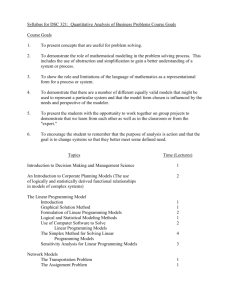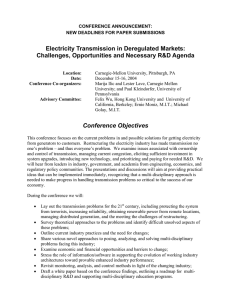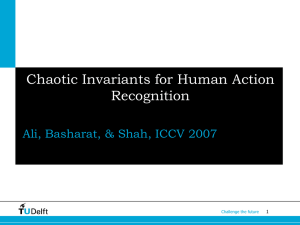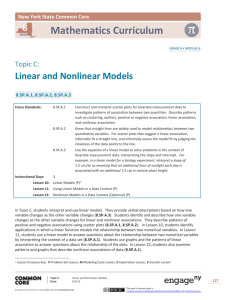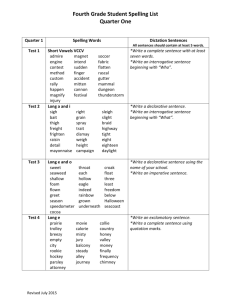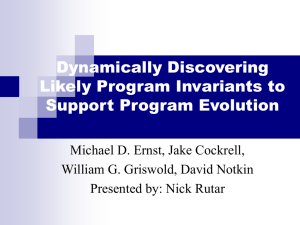Interrogative Simulation/Testing of Multi-Disciplinary
advertisement
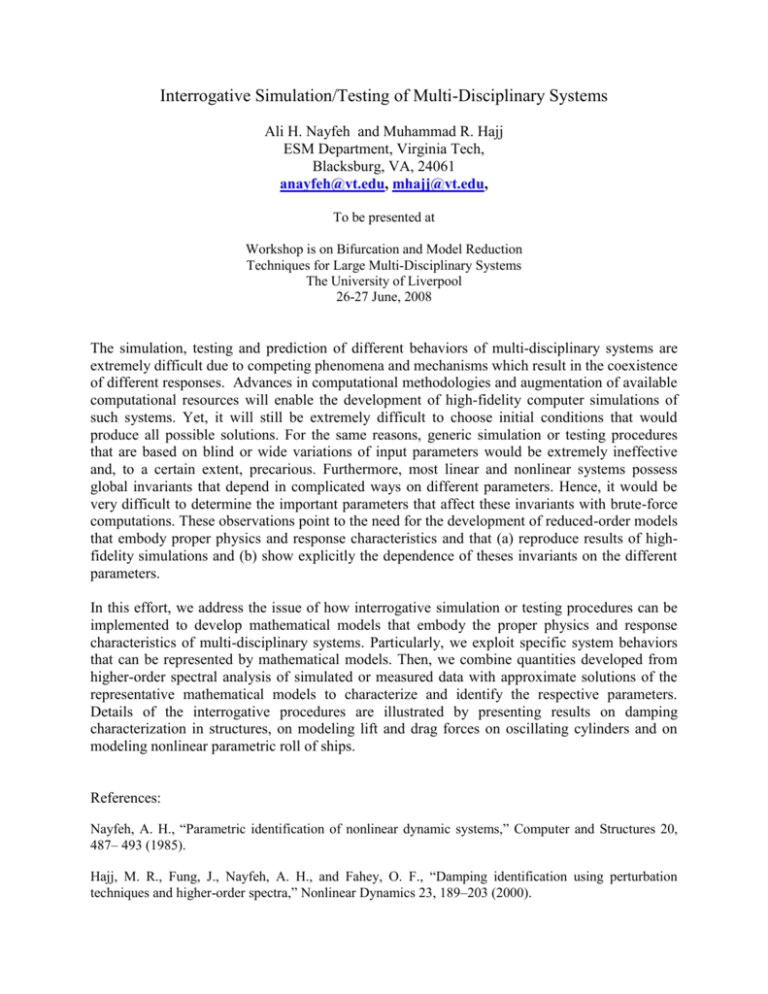
Interrogative Simulation/Testing of Multi-Disciplinary Systems Ali H. Nayfeh and Muhammad R. Hajj ESM Department, Virginia Tech, Blacksburg, VA, 24061 anayfeh@vt.edu, mhajj@vt.edu, To be presented at Workshop is on Bifurcation and Model Reduction Techniques for Large Multi-Disciplinary Systems The University of Liverpool 26-27 June, 2008 The simulation, testing and prediction of different behaviors of multi-disciplinary systems are extremely difficult due to competing phenomena and mechanisms which result in the coexistence of different responses. Advances in computational methodologies and augmentation of available computational resources will enable the development of high-fidelity computer simulations of such systems. Yet, it will still be extremely difficult to choose initial conditions that would produce all possible solutions. For the same reasons, generic simulation or testing procedures that are based on blind or wide variations of input parameters would be extremely ineffective and, to a certain extent, precarious. Furthermore, most linear and nonlinear systems possess global invariants that depend in complicated ways on different parameters. Hence, it would be very difficult to determine the important parameters that affect these invariants with brute-force computations. These observations point to the need for the development of reduced-order models that embody proper physics and response characteristics and that (a) reproduce results of highfidelity simulations and (b) show explicitly the dependence of theses invariants on the different parameters. In this effort, we address the issue of how interrogative simulation or testing procedures can be implemented to develop mathematical models that embody the proper physics and response characteristics of multi-disciplinary systems. Particularly, we exploit specific system behaviors that can be represented by mathematical models. Then, we combine quantities developed from higher-order spectral analysis of simulated or measured data with approximate solutions of the representative mathematical models to characterize and identify the respective parameters. Details of the interrogative procedures are illustrated by presenting results on damping characterization in structures, on modeling lift and drag forces on oscillating cylinders and on modeling nonlinear parametric roll of ships. References: Nayfeh, A. H., “Parametric identification of nonlinear dynamic systems,” Computer and Structures 20, 487– 493 (1985). Hajj, M. R., Fung, J., Nayfeh, A. H., and Fahey, O. F., “Damping identification using perturbation techniques and higher-order spectra,” Nonlinear Dynamics 23, 189–203 (2000).

